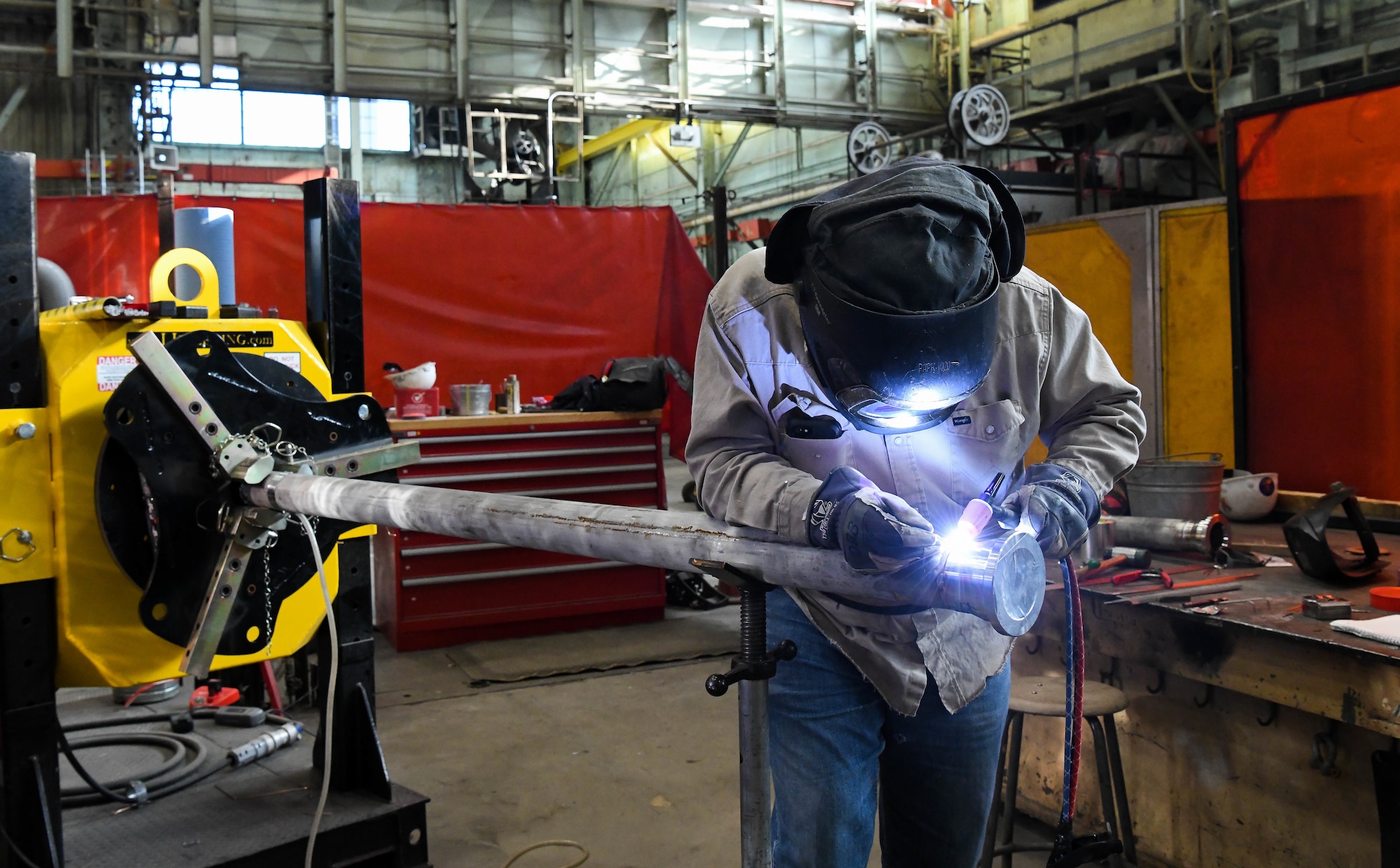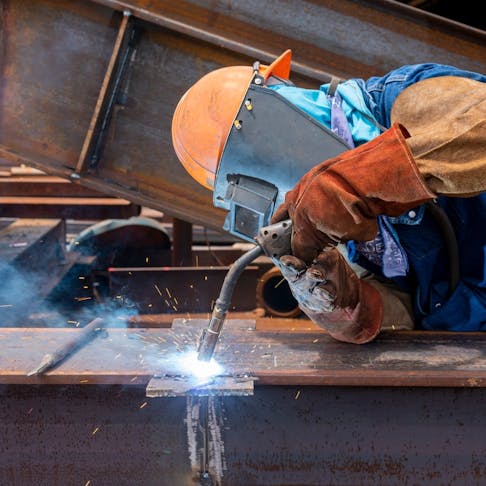The Relevance of Welding WPS: Ensuring Quality and Safety in Your Projects
Understanding Welding WPS Standards: Best Practices and Techniques for Quality Welds
In the realm of welding, mastering Welding Procedure Requirements (WPS) requirements is an essential element that straight affects the high quality and stability of welds. As we navigate through the complexities of welding WPS standards, uncovering key understandings and approaches for attaining top-tier welds will be vital for welders looking for to succeed in their craft and create welds that stand the examination of time.
Understanding Welding WPS Specifications

Examiners count on WPS documentation to verify that welding treatments are being adhered to properly and that the resulting welds are of high quality. Designers utilize WPS requirements to make welding treatments that make sure the durability and reliability of welded structures.


Vital Tools for Top Quality Welds
Mastering welding WPS criteria is crucial for welders to effectively make use of the crucial devices required for producing top quality welds. Among one of the most critical tools for top quality welds is a welding maker. The sort of welding equipment required relies on the welding procedure being utilized, such as MIG, TIG, or stick welding. Welding helmets are likewise indispensable to shield the welder's eyes and face from stimulates, warmth, and UV radiation. Additionally, welding gloves constructed from sturdy and heat-resistant products secure the hands from injuries and burns. Magnets and clamps help hold the work surfaces with each other safely during the welding procedure, making sure exact and exact welds. Wire brushes and cracking hammers are important for cleansing the weld joint before and after welding to remove any type of impurities that can affect the quality of the weld. Last but not least, a measuring tape and angle mill work tools for guaranteeing proper alignment and preparing the work surfaces for welding.
Trick Methods for Welding Success
To accomplish welding success, one must understand the essential methods important for generating high-grade welds. Preserving a stable hand and a secure welding setting throughout the procedure is vital to accomplishing precision and uniformity in the welds. By mastering these vital strategies, welders can boost the high quality of their job and achieve welding success.
Ensuring Conformity With WPS Requirements

In addition, preserving in-depth records of welding specifications, tools calibration, and examination results is important for showing compliance with WPS requirements. By carefully adhering to WPS criteria, welders can guarantee that their work fulfills the required top quality levels and contributes to the total success of the welding task.
Troubleshooting Common Welding Issues
To address this, making certain correct cleansing of the base steel prior to welding and making use of the correct securing gas can considerably reduce porosity. Additionally, distortion, splitting, and spatter are common welding challenges that can be reduced with proper joint preparation, constant warmth control, and picking the suitable welding consumables. By extensively comprehending these usual welding problems and their root triggers, welders can efficiently fix problems and accomplish high-quality welds.
Conclusion
To conclude, mastering welding WPS criteria requires a complete understanding of the guidelines, using crucial tools, and applying vital techniques page for effective welds. Making certain conformity with WPS standards is vital for generating top quality welds and staying clear of common welding concerns. By following best methods and techniques, welders can attain consistent and reputable cause their welding projects.
In the realm of welding, mastering Welding Treatment Requirements (WPS) standards is an essential element that directly influences the high quality and stability of welds.When diving into the realm of welding practices, an important element to more information comprehend is the relevance and details of Welding Treatment Spec (WPS) requirements. WPS standards give an in-depth standard for welding operations, making sure consistency, quality, and security in the welding procedure. The kind of welding device needed depends on the welding procedure being utilized, such as MIG, TIG, or stick welding.Achieving welding success with the proficiency of vital strategies demands a thorough understanding and adherence to Welding Procedure Spec (WPS) criteria.